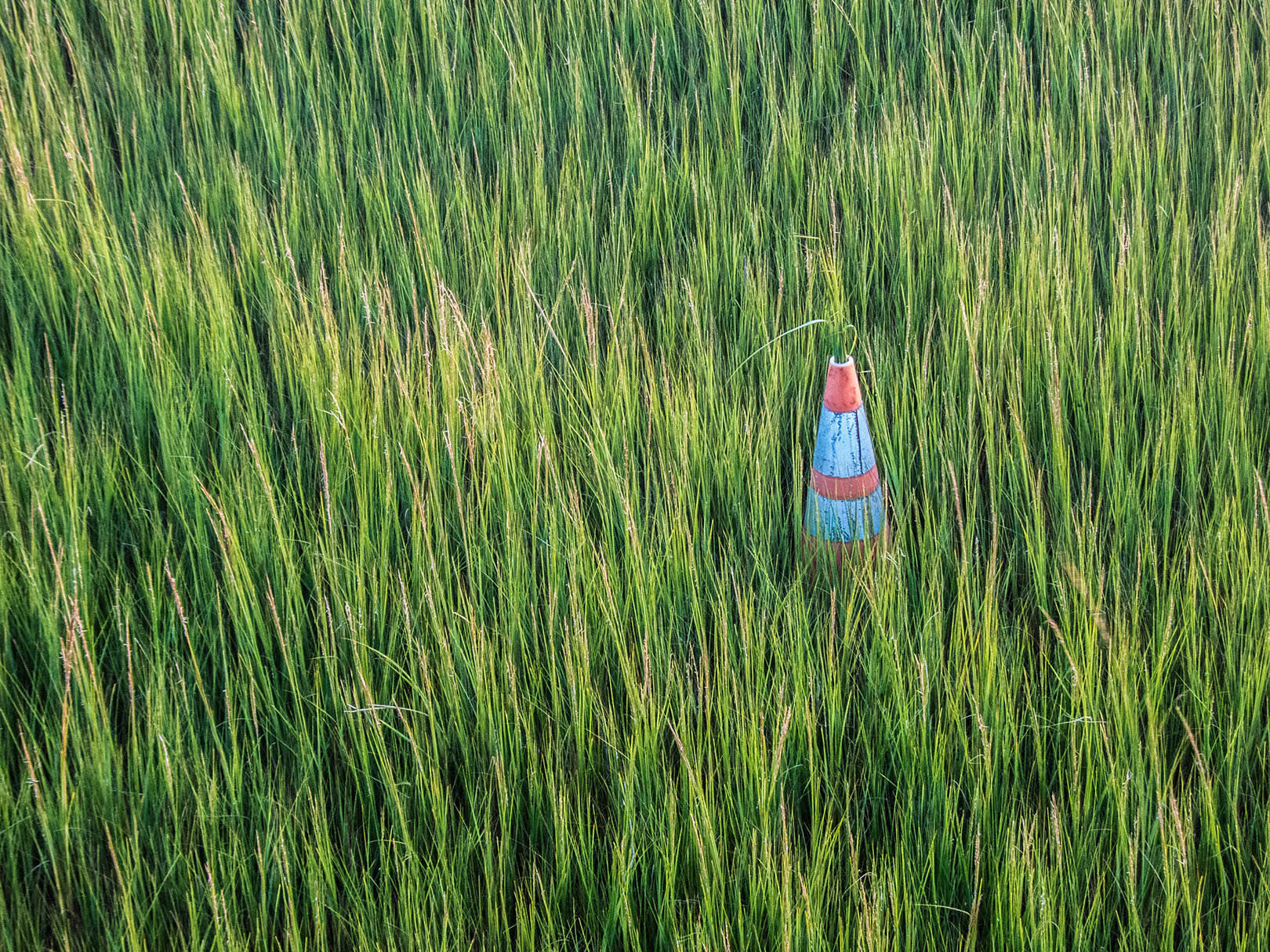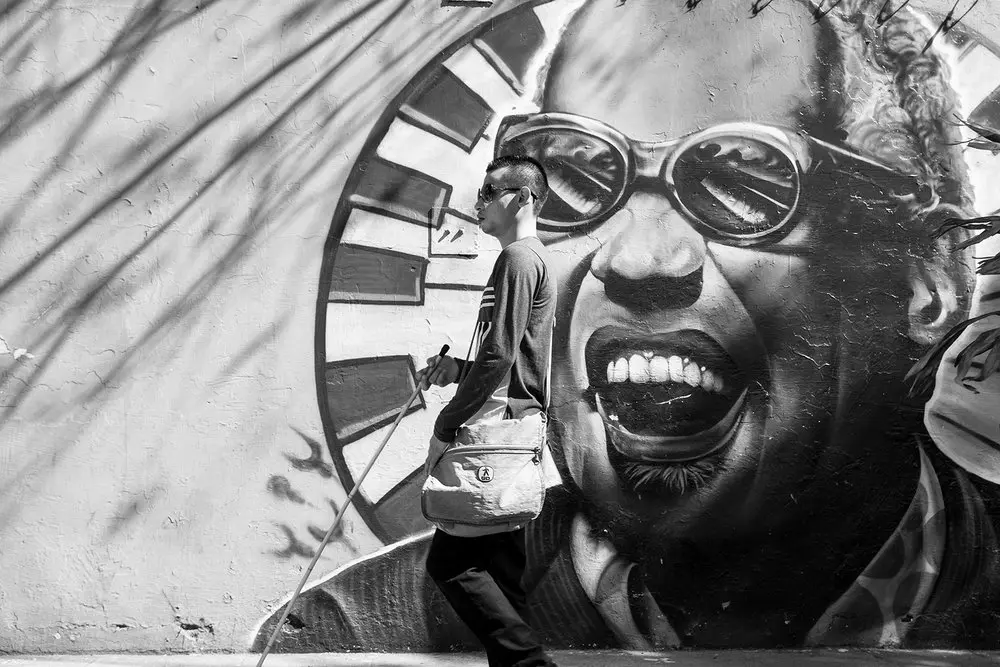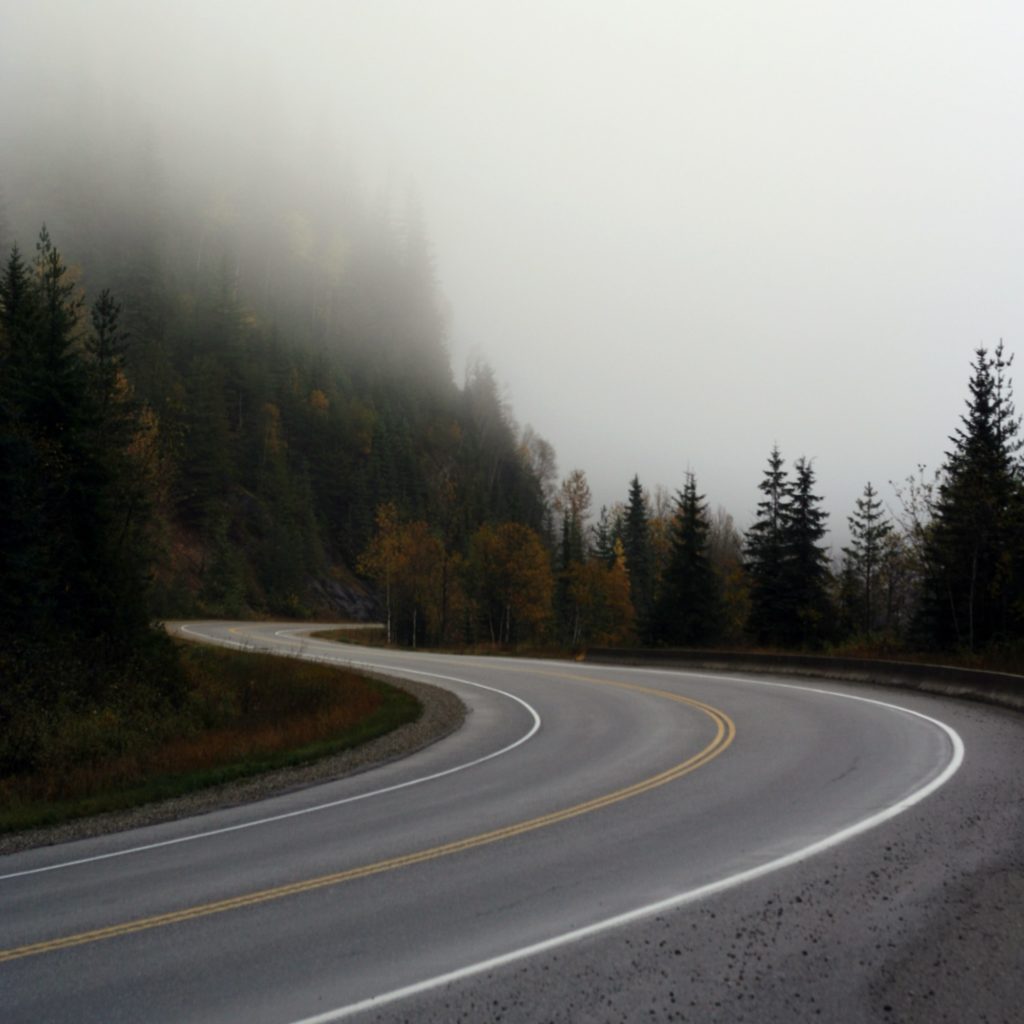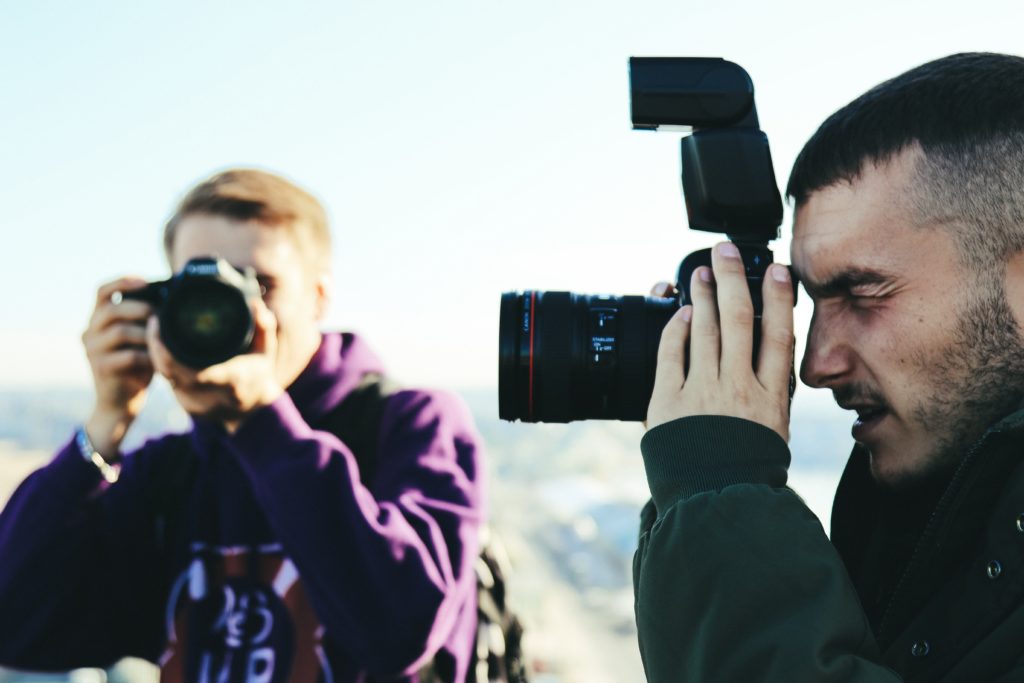Juxtaposition is one of those highly popular adjectives you can find in photography, but what does true juxtaposition means?
Well, it basically can be defined like this, it is the photographer's choice of combining two contrasting elements inside one frame.
Nevertheless, such a simple to define concept can still lead to confusion. Such confusion starts when people start to simply combine random, unrelated elements without thinking about the meaning of the overall image.
The great trick about juxtaposition is to find two elements that create a narrative when blended together. Their relationship can be bold and ironic, or obvious and complementary.
What is Juxtaposition Really About?

Juxtaposition is a powerful tool, and it works well in photography, but it should always be used with wisdom and even caution. The hidden trick is to see connections most people won't see between contrasting elements.
The surprise element in well-executed juxtapositions are those unexpected ways in which two elements are related in the same frame
Note: There should be a limited number of contrasting elements in the frame, think two or three, otherwise the impact of the narrative gets lost.
In some photography genres like street photography, juxtaposition can be some sort of serendipity, while in more controlled situations, it can even reach the purest of art forms.
Things To Consider When Working With Juxtaposition
The point of view is the obvious first step if you are working to style a juxtaposition rather than just find it because of luck.
It is important to keep in mind that a telephoto lens will give you more tight shots, and a wide angle lens will give us rich-in-context images.
But overall, juxtaposition will always be the focal point of the composition of the photograph.
When looking to add elements of juxtaposition into your photos – here are some things you might like to think about:
- Scale – this could be multi-leveled, physical (eg big vs small) or conceptual
- Mood – tranquility vs commotion
- Age – can you capture ancient vs modern elements for effect?
- Irony – does the contrast add humor to your image?
My Own Experience With Juxtaposition
I think I've only been able to capture a scene with an interesting juxtaposition once – and is this one.

I saw the blind man walking on the sidewalk, and I instantly knew he was going to walk in front of the Ray Charles graffiti on a wall.
I would have preferred to have a wider shot depicting his feet, but everything happened so fast, that I couldn't manage to walk back in a safe way (it would have required to step on the street and cars were passing by).
Nevertheless, the huge juxtaposition makes this shot something I can still feel proud today.
Juxtaposition is challenging, I won't lie to you, but it will give you huge levels of satisfaction if it is done right.
If you are interested in further understanding and improving your composition, take a look at Understanding Composition by Kent DuFault over at Photzy
Further Resources
- 4 Simple Strategies to Awaken Your Photographic Creativity by Jason D. Little
- 4 Very Clever Ways To Use Reflections In Your Compositions by Jason Row
- The 5 Elements You’ll Find in Great Photographs by Jason D. Little
- Juxtaposition Examples In Photography…Explained by Jason Row






